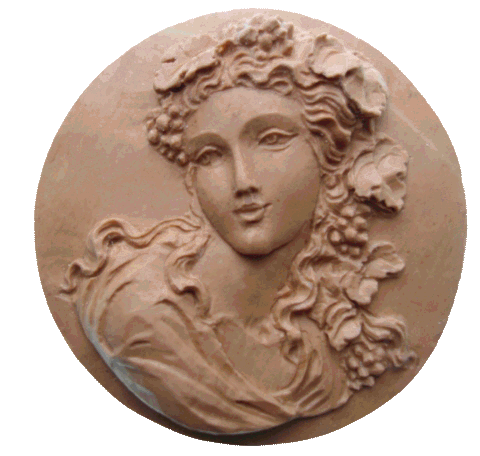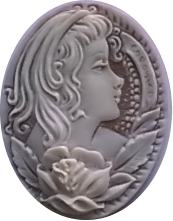
Lava Stone
Cameo
A cameo is not a type of stone, but a style of carving.
Unlike intaglio, where a design is carved into a stone making an impression, the cameo is carved with the picture raised above the background.
Many types of hard stone were used for cameo carving, Cleopatra had her image carved in emerald, Elizabeth I gave her favourite, the Duke of Essex a cameo carved in turquoise, other stones carved into cameos include lapis lazuli, jade, amber and most varieties of chalcedony, even diamonds.
Cameos have been popular throughout history. However it was once more the Victorian Age which made the cameo available to all instead of just the reserve of the upper classes; as more people became fashion conscious and demand rose, carvers sought easier and cheaper materials to use for cameos, this, accompanied with the industrial changes of the 19th century made the shell cameo more readily available and affordable amongst the common populace.
Many shells have several layers which means that the raised picture can be easily "removed" from the dark background.

Sardonyx Shell
Several shells are used for cameo carving ... Each with their own attractive colouring:
♦ 'Sardonyx Shell' Cassis madagascar which creates cameo with a chestnut brown background and white foreground.♦ 'Carnelian Shell' Cypraeacassis rufa has a reddish background and cream foreground.
♦ 'Pink Shell' Strombus giga from the West Indies has indistinguishable white and pink layers.
♦ 'Tiger Shell' Cyprea tigris from the Pacific Ocean has seven layers: Brown, buttermilk, steel blue, two hues of purple and ice blue.
Other stones used include lava, coral, ivory and malachite.
Italy is renowned for it's artisan cameo carvers.
| Latest Trends | Ordering Information | debbie@silkpixie.com | Delivery & Returns |


